
Ensuring Compliance With ASHRAE Standard 188-2018
CSL Water Quality, Inc. provides comprehensive water management solutions, including hot water system treatment, to help facilities comply with ASHRAE Standard 188-2018, which establishes guidelines to prevent Legionnaires' disease and other waterborne pathogens.
New Jersey Senate Bill No. 2188
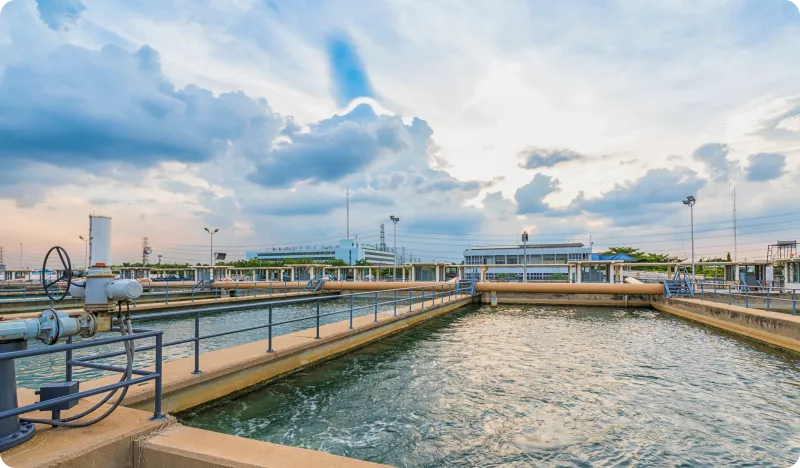
What You Need to Know
On September 12, 2024, New Jersey Governor Phil Murphy signed Senate Bill 2188 into law, mandating strict water management requirements for certain buildings. This legislation ensures the safe management of water systems in facilities with higher risks of Legionella bacteria.
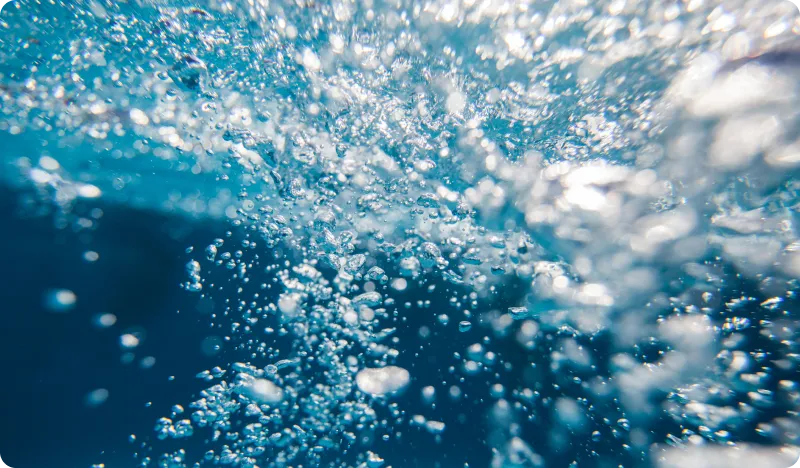
Who is Affected?
Facilities required to implement a Water Management Plan (WMP) include:
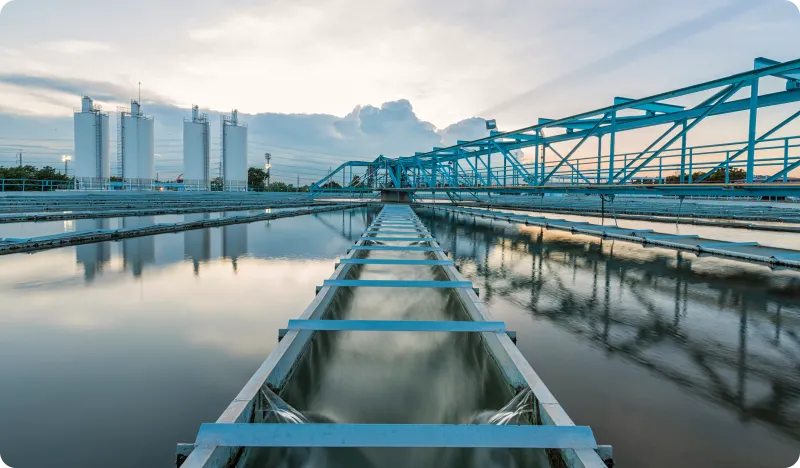
Compliance Deadlines
Comprehensive Water Management Plans (WMPs)
Our Water Management Plans (WMPs) help facilities maintain safe water quality in both potable and non-potable systems.

Key Elements of a Water Management Plan
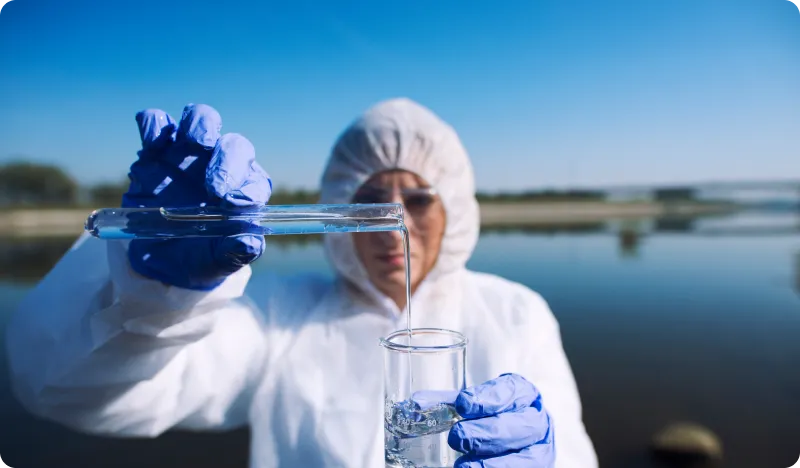
Treatment & Disinfectant Monitoring
Maintaining proper water treatment and disinfectant levels is crucial for Legionella control:

Site Survey & Risk Assessment
Before creating a Water Management Plan, CSL Water Quality, Inc. conducts a site survey to evaluate:
Each WMP is customized based on the unique risks of the facility—there is no one-size-fits-all approach.
Maintenance Program Plan (MPP)
Cooling towers are a significant Legionella risk if not properly maintained. CSL Water Quality, Inc. offers a Maintenance Program Plan (MPP) specifically for cooling tower systems.
Key Components of an MPP
This program adheres to NYC DOH guidelines from Local Law 77 and ASHRAE Standard 188-2018.
Stay Compliant & Protect Public Health
CSL Water Quality, Inc. provides customized water safety plans. We offer regulatory guidance and ongoing support to help your facility maintain compliance. Our services help prevent Legionella outbreaks.
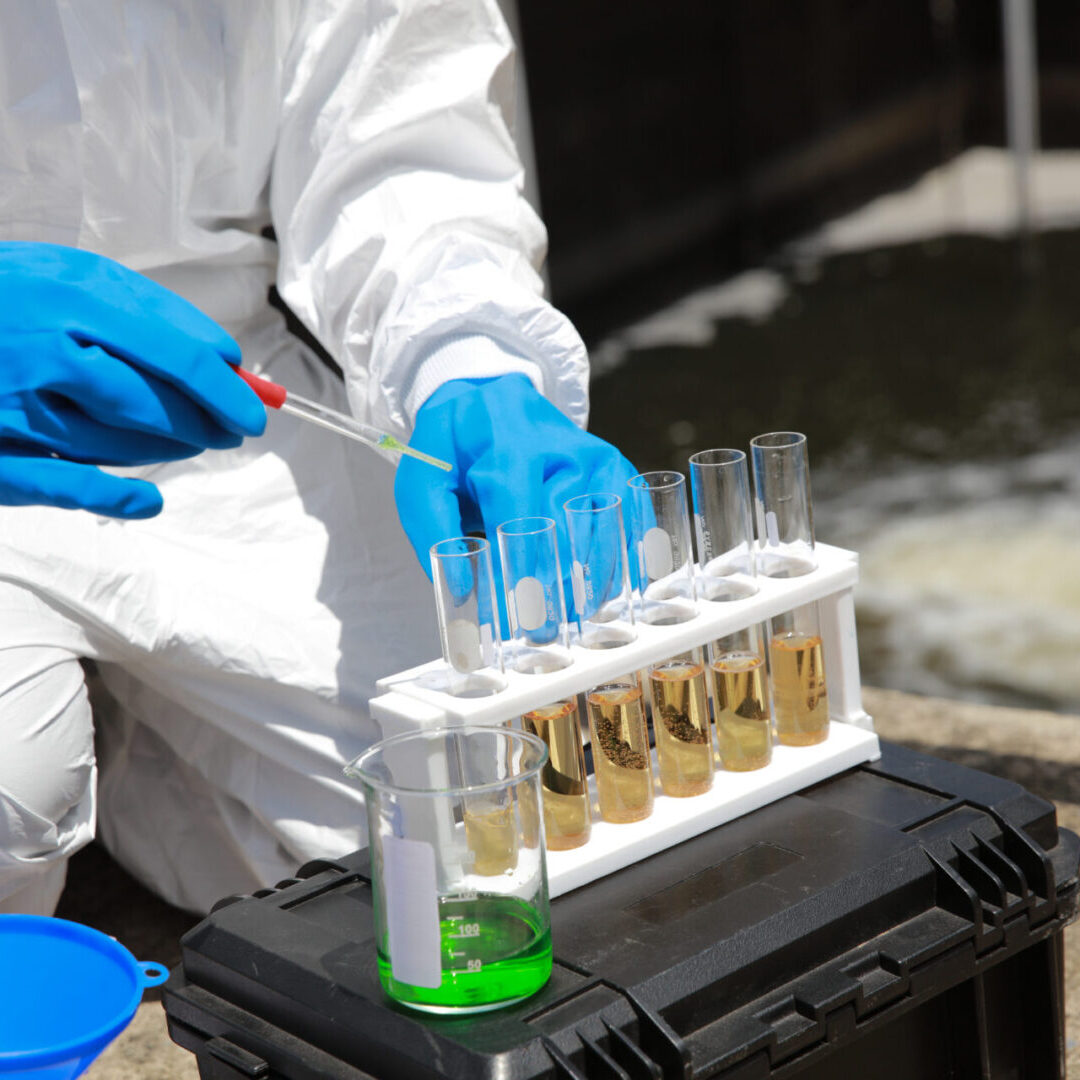

Let’s Talk Solutions
Whether you need a full Water Management Plan or routine maintenance, we’ve got you covered. Request a detailed quote and find out how we can help you stay compliant and protected.
